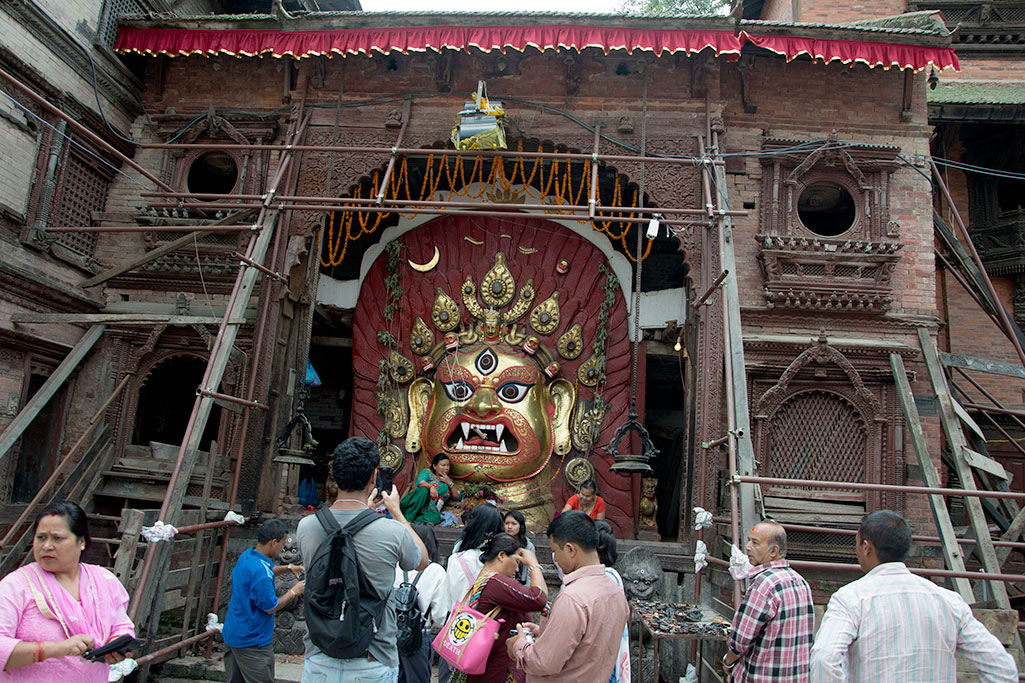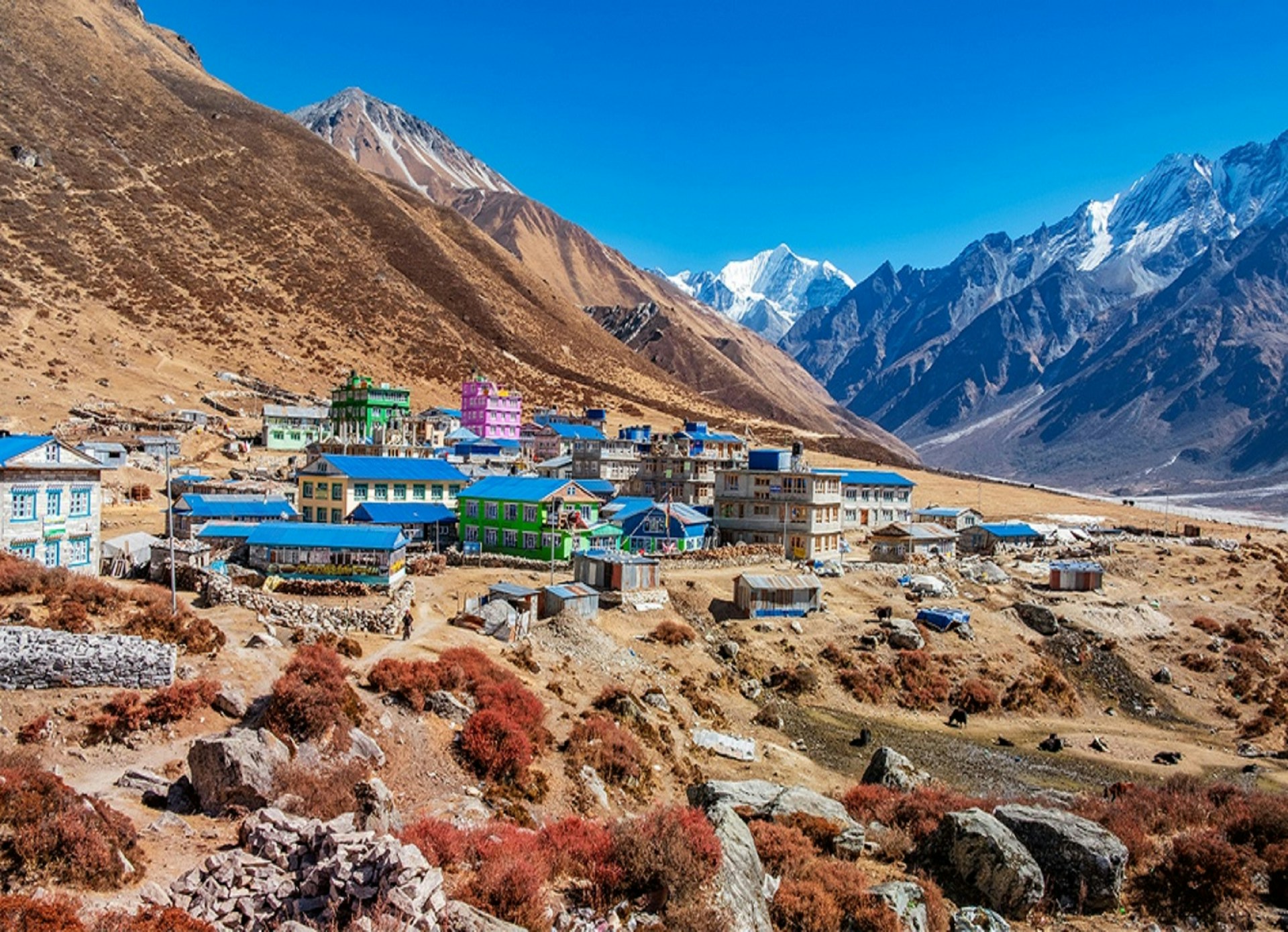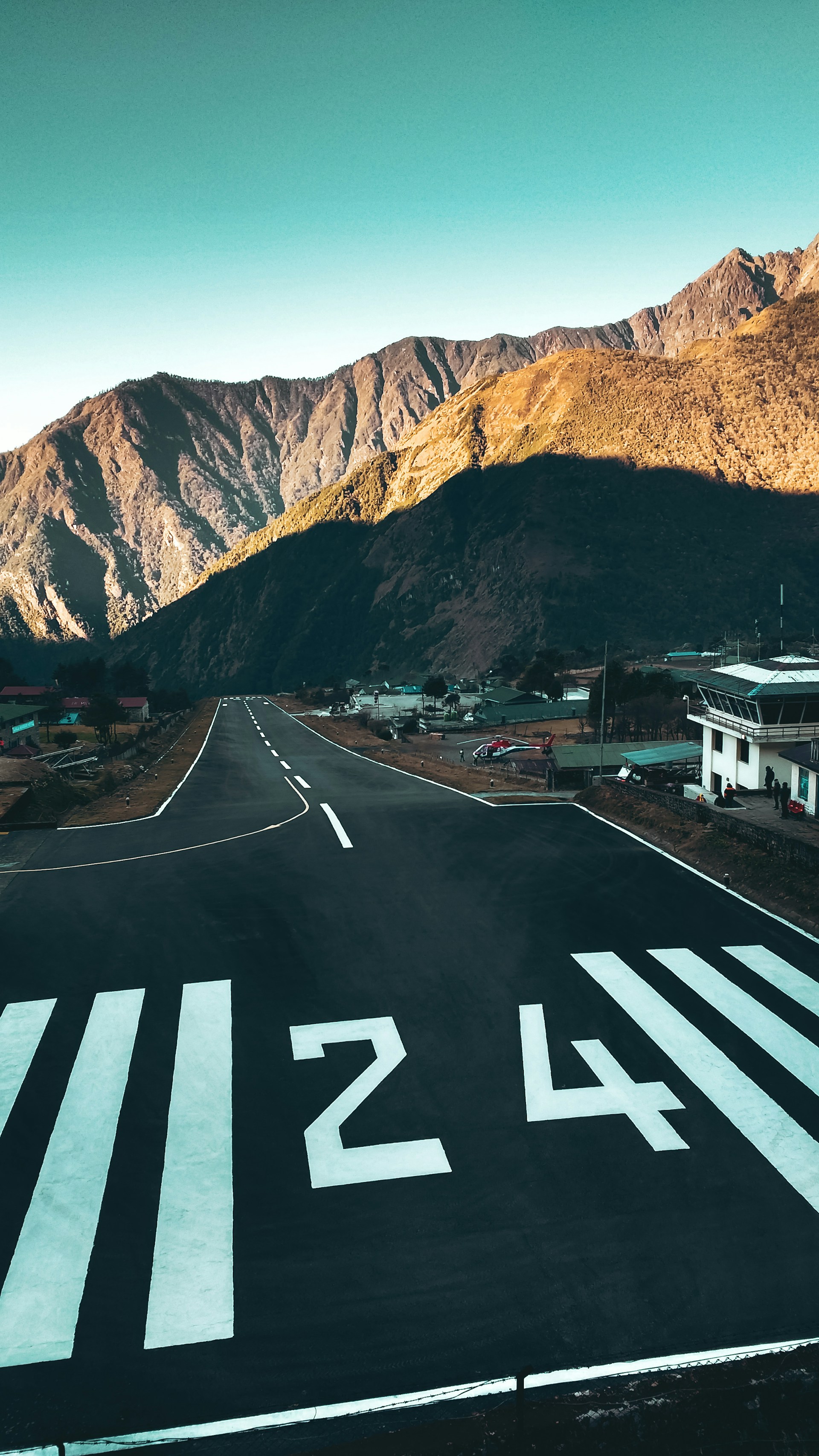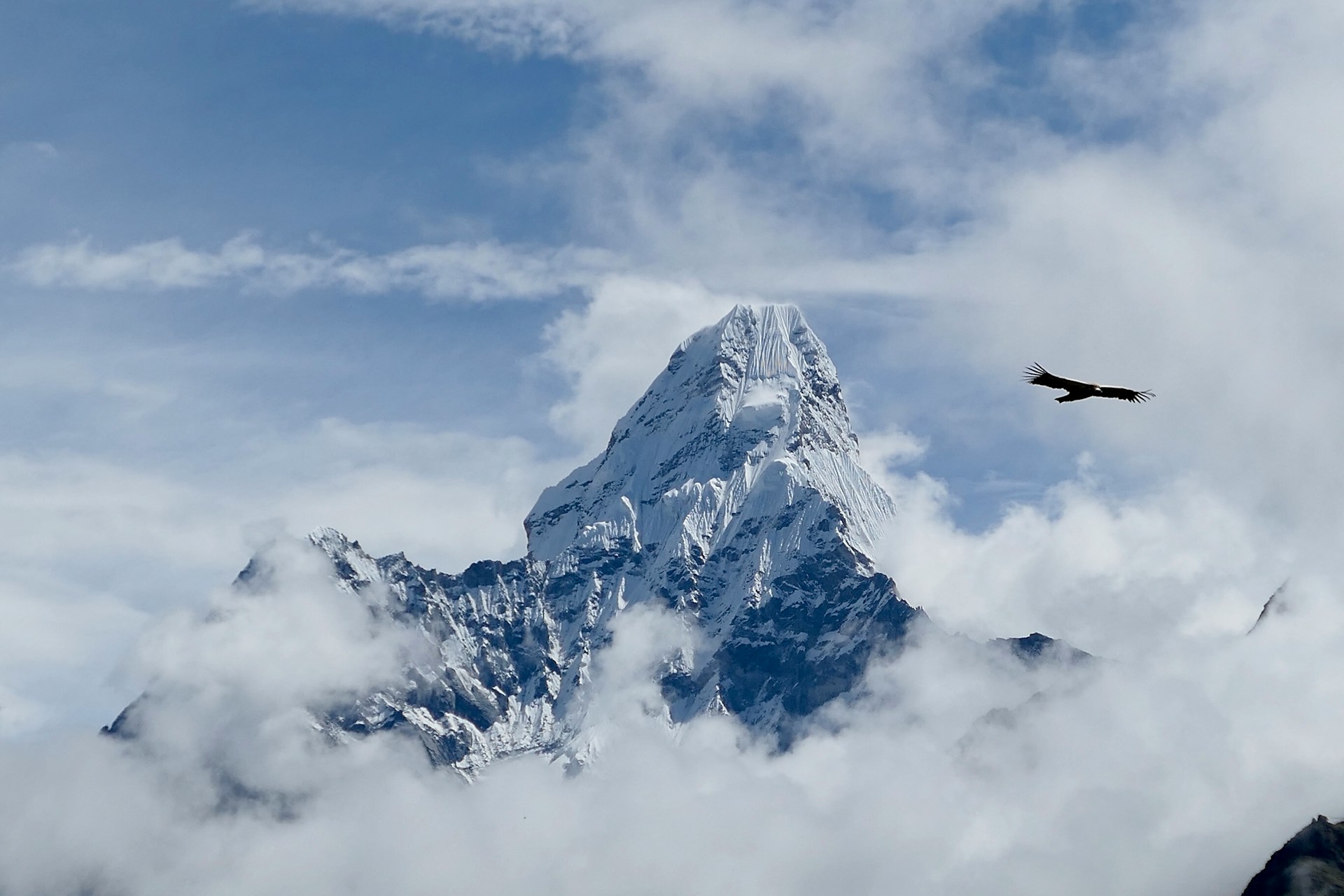The main square in Kathmandu
Basantapur Durbar square is located in Kathmandu City and it is also called as Kathmadu Durbar square. It is in the heart of old Kathmandu city in Basantapur and never fails to impress first time visitors as cultural gem, with its intricate wood carvings and rich history. Surrounded by concrete buildings, the complex is an oasis in a fast developing, chaotic modern city. Once the residence of Nepal’s Royal family, all coronation ceremonies were held here. The palace is an amalgamation of eastern and western architecture with additions by Rana and Shah rulers over the centuries. An unbelievable 50 temples lie within the vicinity including the temple of the titular deity, Taleju Bhawani. The Durbar is divided into two courtyards, the outer Kasthamandap, Kumari Ghar, and Shiva-Parvati Temple, and the inner section consisting of Hanuman Dhoka and the main palace. The Kathmandu Durbar Square held the palaces of the Malla and Shah kings who ruled over the city. Along with these palaces, the square surrounds quadrangles, revealing courtyards and temples. It is known as Hanuman Dhoka Durbar Square, a name derived from a statue of Hanuman, the monkey devotee of Lord Ram, at the entrance of the palace. Several buildings in the Square collapsed due to a major earthquake on 25 April 2015. Durbar Square was surrounded with spectacular architecture and vividly showcases the skills of the Newar artists and craftsmen over several centuries.
Architecture
The preference for the construction of royal palaces at this site dates back to as early as the Licchavi period in the third century. Even though the present palaces and temples have undergone repeated and extensive renovations and nothing physical remains from that period. Names like Gunapo and Gupo, which are the names referred to the palaces in the square in early scriptures, imply that the palaces were built by Gunakamadev, a King ruling late in the tenth-century. When Kathmandu City became independent under the rule of King Ratna Malla (1484–1520), the palaces in the square became the Royal Palaces for its Malla Kings. When Prithvi Narayan Shah invaded the Kathmandu Valley in 1769, he favored the Kathmandu Durbar Square for his palace. Other subsequent Shah kings continued to rule from the square until 1896 when they moved to the Narayan Hiti Palace. Time and again the temples and the palaces in the square have gone through reconstruction after being damaged by natural causes or neglect. Presently there are less than ten quadrangles in the square. The temples are being preserved as national heritage sites and the palace is being used as a museum. Only a few parts of the palace are open for visitors and the Taleju temples are only open for people of Hindu and Buddhist faiths.
The April earthquake might have made a rubble of a few old palaces. However, renovations are ongoing in this place. Basantapur Durbar square has preserved the value of Licchavi period of Nepal. It is located at the heart of Kathmadu. The dominance of rich sculptures and idols and murtis can be seen here and last but not the least Basantapur Durbar square is such a religious place to visit into.
Recent Blog Posts
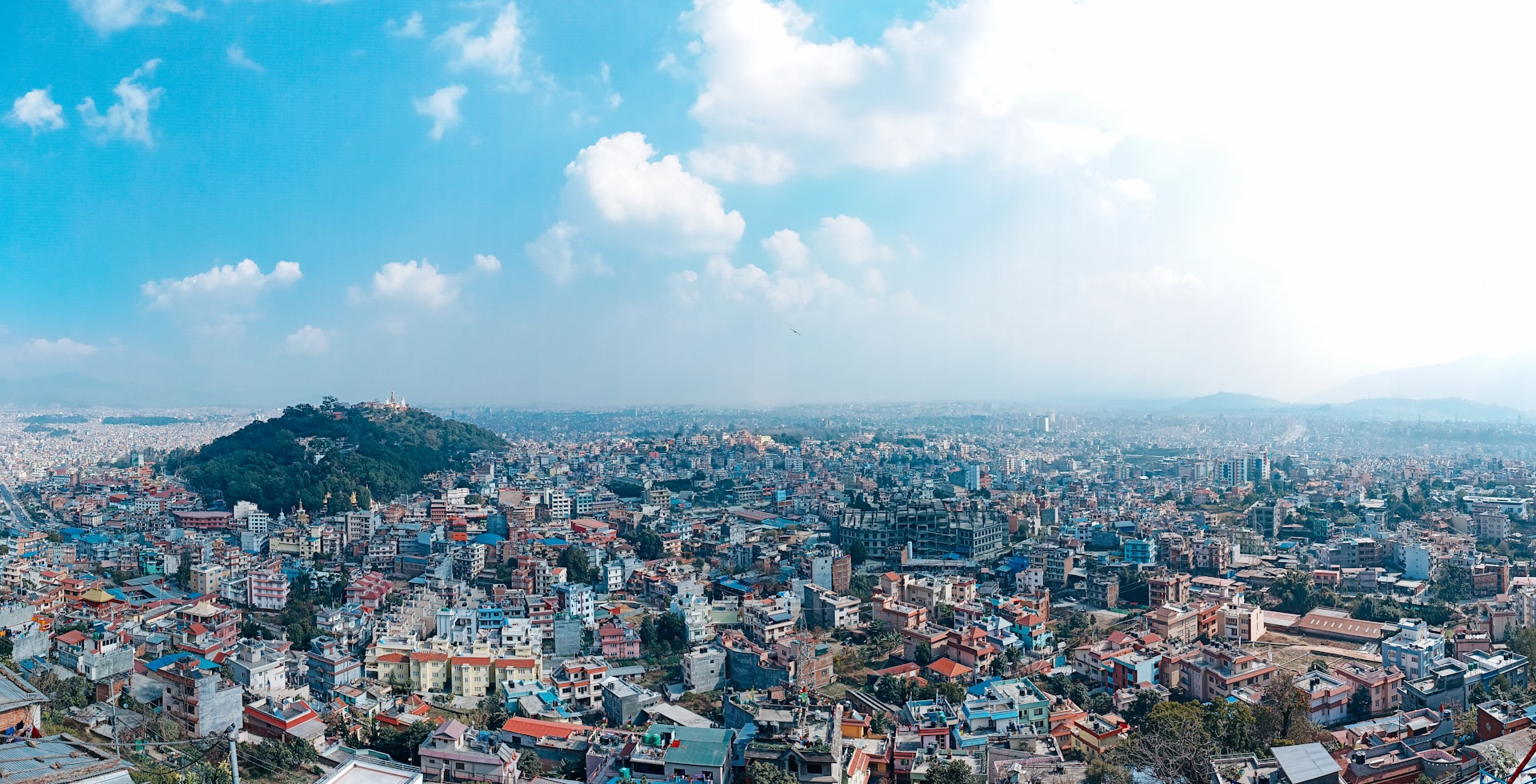
Kathmandu Valley: Exploring the Capital of Nepal
Jun 15, 2025
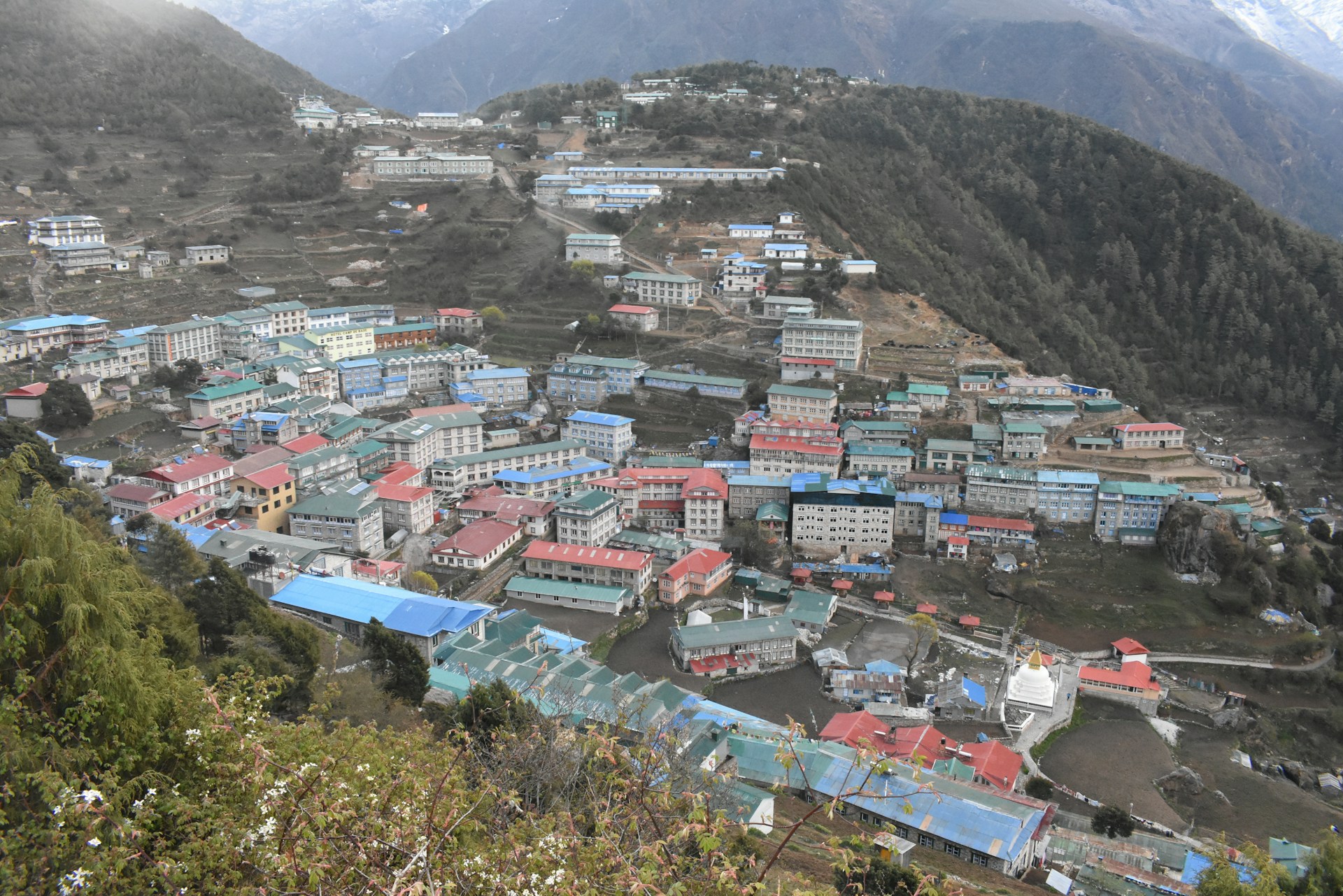
Namche Bazaar: What to Expect in the Sherpa Capital
May 20, 2025
